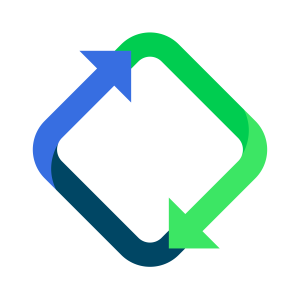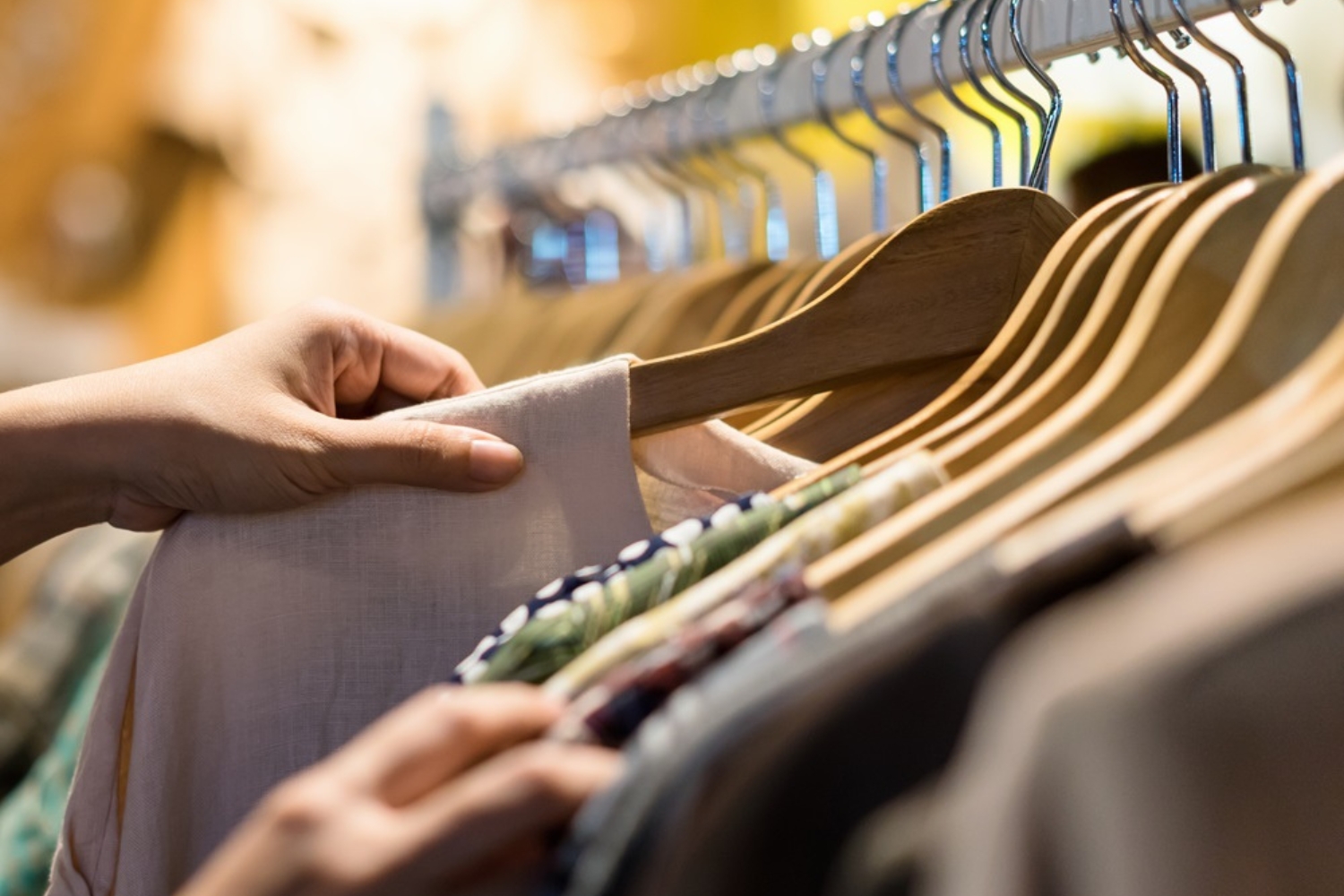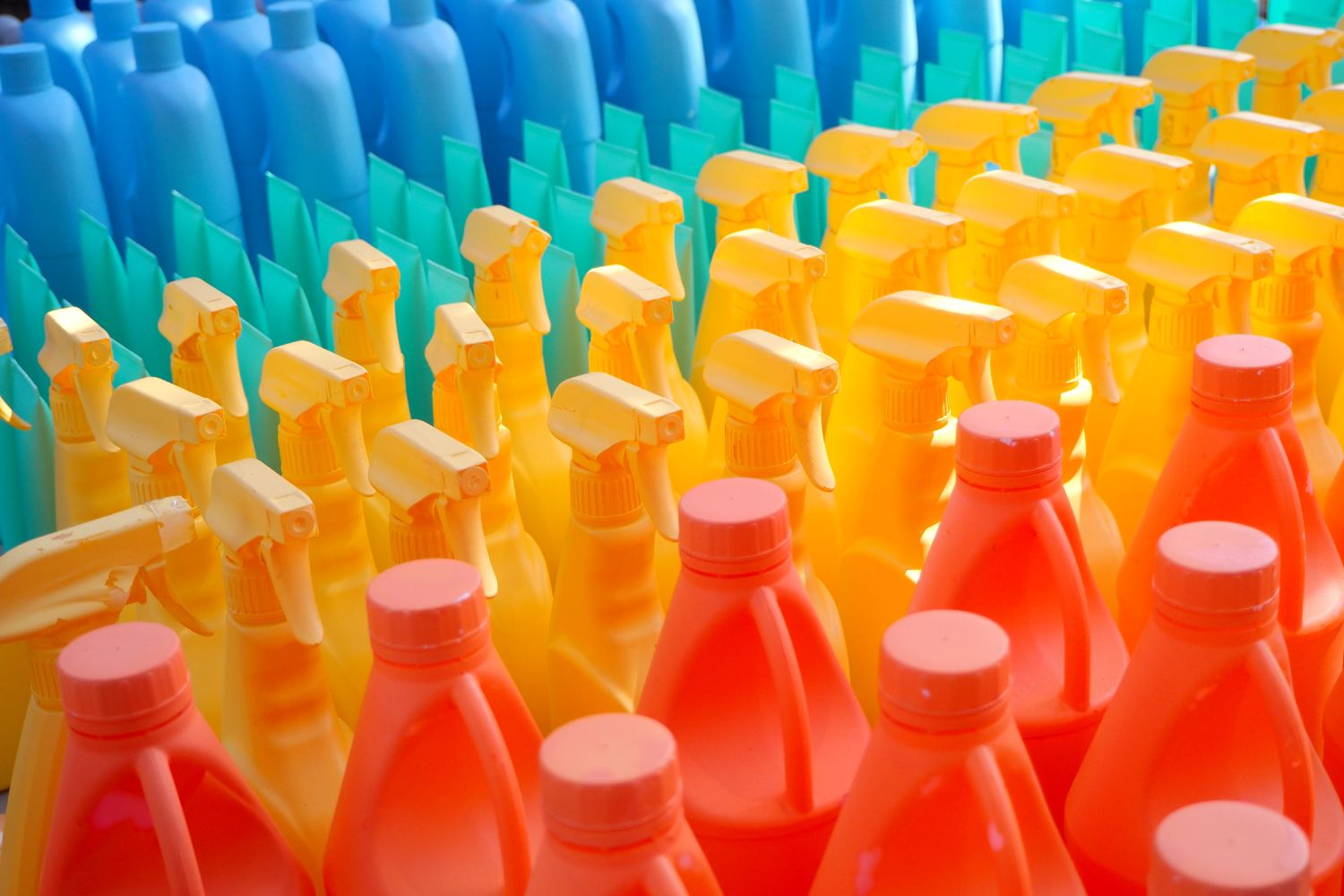New EPR Fractions in France
- 03. February 2022
- Blog
The principle of Extended Producer Responsibility (EPR) has helped many countries channel waste generation, manage it more effectively, and promote recycling goals. These benefits have been recognized worldwide, and more and more countries are introducing new EPR fractions. A good example is France, where the EPR program requirements already cover many product categories. Yet, France continuously adds new EPR fractions as laid down in the Law Against Wastage and for a Circular Economy.
On January 1, 2022, five new EPR fractions were introduced: for toys, for sports and leisure articles, for DIY and gardening articles, for lubricants, and finally, for products and materials from the construction sector. Decrees defining the scope of each fraction were already adopted last November. A month later, the government published the technical requirements for the participating schemes. The final step, the approval of these schemes, is expected in the first quarter of 2022.
The five new product categories are joining the fourteen existing ones in the EPR program. The first fraction was launched in 1993 for household packaging and agro-supply products, batteries, tires, graphic paper, EEE, vehicles, textiles, medicine, furniture, chemical products, perforating medical devices, boats, and tobacco followed in the years after.
Each fraction has different requirements, and the Law against Wastage and for a Circular Economy attempted to harmonize them and reinforced the initial goal of EPR fractions: to reduce waste. The law reinforced quantified objectives in terms of reuse, repair, and reutilization. In addition, labeling and eco-design of products are supported by a strengthened penalty system that schemes are enforcing.
Each fraction has different requirements. The Law against Waste and for a Circular Economy has attempted to harmonize them and strengthen the initial objective of the EPR fractions: to reduce waste. To this end, the law has reinforced the achievement of quantified targets related to reuse, repair, and recycling. Furthermore, a comprehensive system of sanctions enforced by the schemes supports the labeling and eco-design of products.
New fractions will follow in the three coming years: packaging from the restoration sector (2023), chewing gum and sanitarian textile (2024), and finally, fishing articles and industrial and commercial packaging (2025).
Find out more about our approach to help you with EPR obligations.









